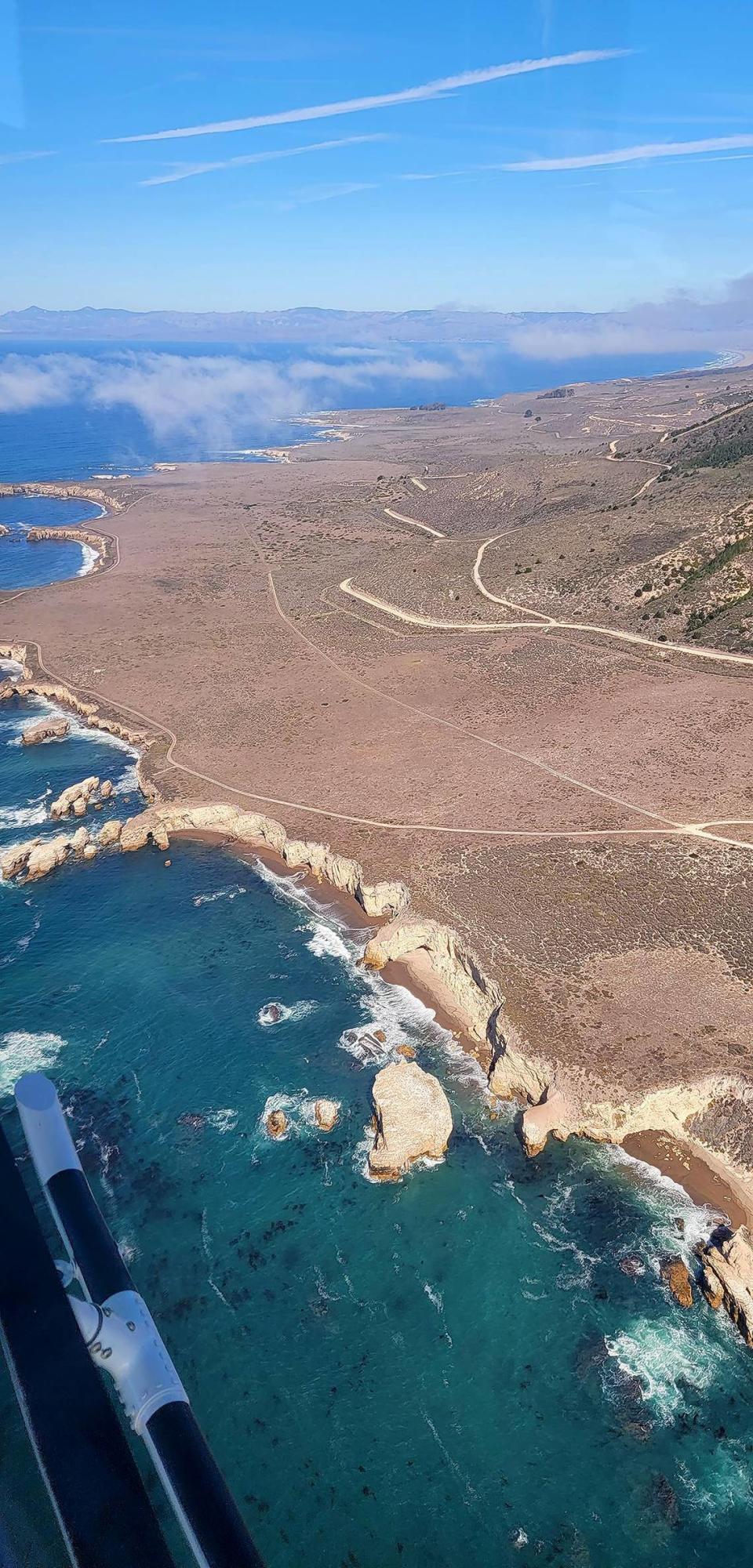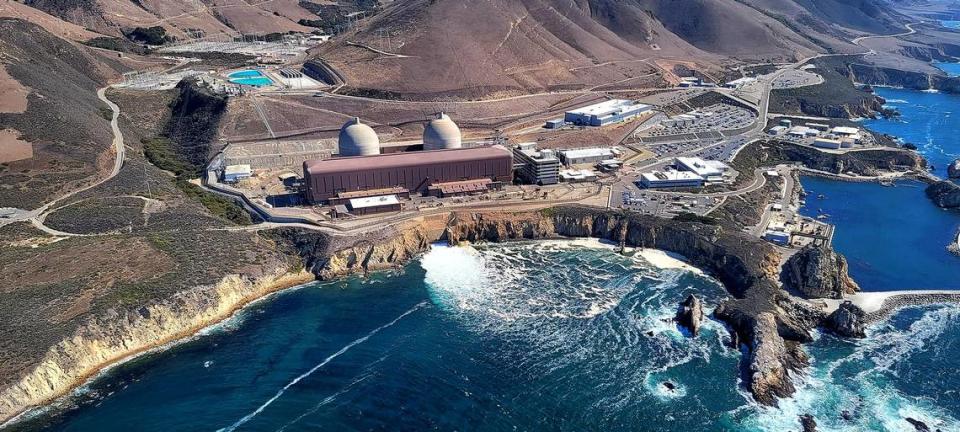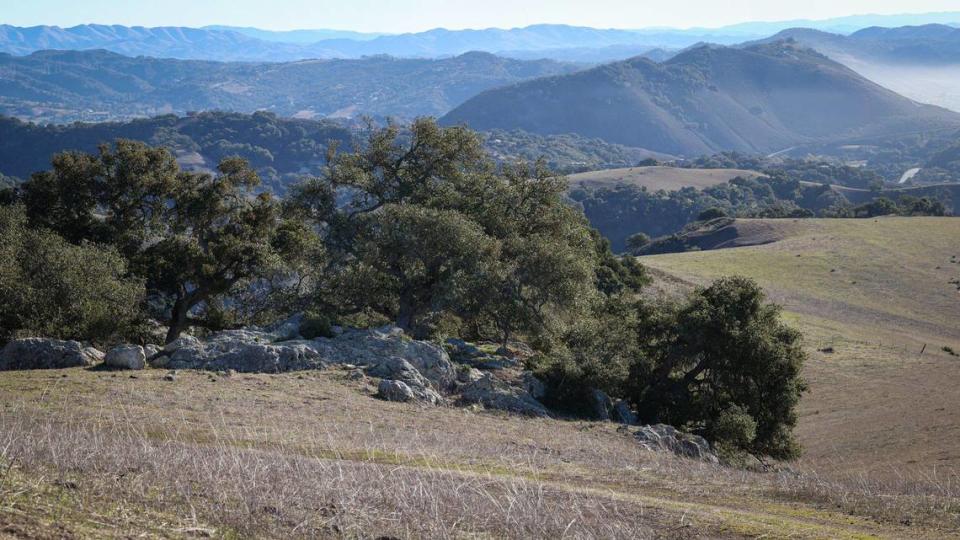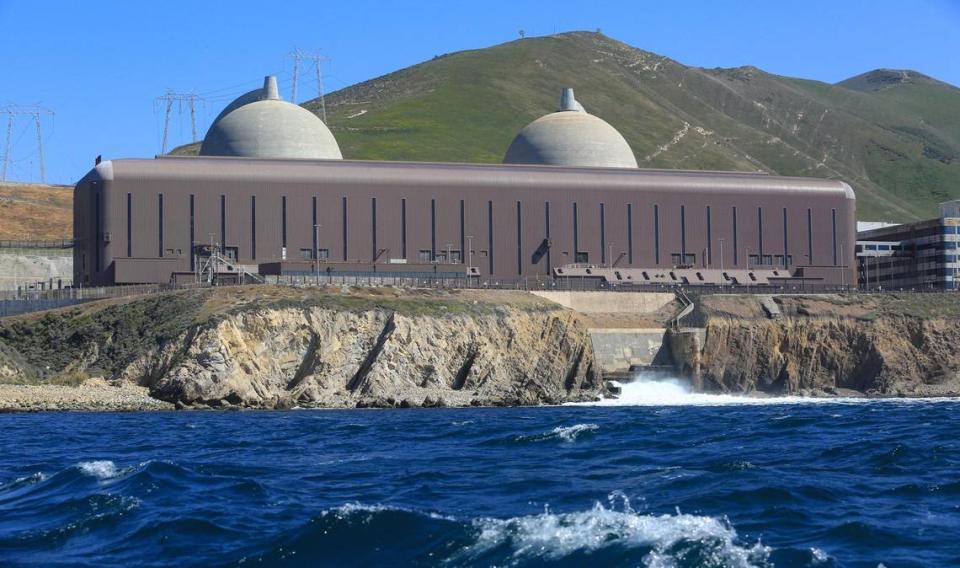What should happen to 12,000 acres of Diablo Canyon lands? State reveals plan
After months of work on a plan for the future of 12,000 acres surrounding California’s last nuclear power plant, the state is outlining a vision for the land that mostly aligns with community members’ wishes.
The California Natural Resources Agency released its land conservation and economic development plan for the property around Diablo Canyon Power Plant on Thursday — about one and a half months past the March 23 due date established by the California State Legislature under Senate Bill 846.
That bill, which passed in September, allowed the state to loan up to $1.4 billion to operator PG&E to extend the life of the nuclear power plant until 2030, about five years past its originally scheduled closure date.
Additionally, the bill set aside $160 million for the land conservation and economic development plan. However, the Natural Resources Agency did not clarify in its plan how the money could be spent.
Instead, the 19-page document the agency released on Thursday lays out five “values” for the future of the lands located just north of Avila Beach in San Luis Obispo County. The plan doesn’t indicate how such values could be implemented.
Overall, the Natural Resources Agency plan paints a future of conservation, tribal ownership and increased public access to Diablo Canyon lands.

The Natural Resources Agency notes in the 19-page document that the plan doesn’t mean any decisions have been made in regard to the future of the land.
“These guiding values should be considered in any decision-making process used to determine the future use of the Diablo Canyon lands,” the agency said. “It will require time, effort and funding to carry out any action that supports land conservation and economic development activities in the region.
“The pace of implementation will depend upon the feasibility and availability of resources and competing priorities.”
California Sen. John Laird, D-Santa Cruz, who advocated for the passage of Senate Bill 846, said he was happy with the Natural Resources Agency plan.
“Hundreds of locals shared their vision to protect this beautiful, expansive, wildlife-rich and culturally significant land while emphasizing exploration of the open space in a manner that ensures it will continue its ability to inspire future generations,” Laird said Friday in a prepared statement. “But now the hard work begins. I standby ready, alongside the community, to put this plan into action and to help make this a reality, once and for all.”

Conservation of Diablo Canyon lands a priority for agency
In its plan, the Natural Resources Agency asserts future land decisions “should consider a durable conservation easement or another appropriate legal instrument to conserve and protect” the Diablo Canyon lands.
The agency notes that the conservation framework of the lands should be developed in partnership with PG&E, state agencies, Native American tribes and non-governmental partners such as land trusts and conservation groups.
“For conservation and resource protections to be perpetual and binding, a conservation easement must be granted and recorded before any fee interest or other property interest in the parcels is transferred,” the agency says in its plan.
Simply said, the Natural Resources Agency says the Diablo Canyon lands must be agreed to be conserved before PG&E or its subsidiary Eureka Energy Company sell them.
Native American ownership is ‘important endeavor,’ state says
Another part of the Natural Resources Agency plan for the land deals with its support for Native American tribal ownership of most of the land.
This involves North Ranch and South Ranch — large coastal parcels north and south of the power plant property that encompass a total of about 9,000 acres.
“Tribal stewardship of these lands to ensure tribal members have access to and management of the important cultural and natural cultural resources in the area is an important endeavor,” the plan states.
“The return of North Ranch and South Ranch would be a major step forward” in the state’s efforts to return “ancestral lands to tribal stewardship where possible and to strengthen partnerships between state government and California Native American tribes,” the agency says in its plan.
The Natural Resources Agency did not clarify which tribe should be the appropriate owner of the land, although various tribes have expressed interest in reclaiming it.
Mona Tucker, chairwoman of the yak titʸu titʸu yak tiłhini, or Northern Chumash tribe, said the agency’s plan represents a great path forward.
“We know that we’re the appropriate tribe. We know that the land is our ancestral homeland,” Tucker said. “We’re feeling very excited about this document. It’s a good starting point — really good.”

Plan advocates for more public access
The Natural Resources Agency’s plan also looks at expanding existing managed public access to the Diablo Canyon lands.
“Thoughtful planning for managed access can enhance recreation and conserve critical cultural and environmental resources,” the agency states in its plan. “This planning should identify enhanced infrastructure that would be needed to provide for managed access and orient access to enhance sustainable outdoor recreation, tourism development and economic growth.”
The agency notes that future planning “should consider” expanding access to the land by possibly connecting Montaña de Oro State Park near Los Osos to Wild Cherry Canyon, a 2,400-acre property just north of Avila Beach owned by Eureka Energy Corporation.
The connection could be made through a trail that extends from the Point Buchon Trail just south of Montaña de Oro to the Pecho Coast Trail near Wild Cherry Canyon, the Natural Resources Agency says in its plan.
The future of Wild Cherry Canyon remains in limbo as a San Luis Obispo Superior Court judge is considering the lease on the land. The judge’s decision will determine whether the lease on the land goes to Eureka Energy or housing developer HomeFed.
The Natural Resources Agency states in its plan it supports the transfer of Wild Cherry Canyon to California State Parks ownership. It further notes that a tribal entity could have a conservation and access easement on this land.

Power plant land could be used as ‘clean tech incubator’
The Natural Resources Agency notes in its plan that the so-called “Parcel P” — the nearly 600-acre property where Diablo Canyon nuclear power plant is located — could be reused as a “clean tech incubator.”
The power plant property could be used to support clean technology research and innovation aided by partnerships with local academic institutions, the agency says.
Some of the new uses of Parcel P could start while Diablo Canyon is decommissioned, the agency notes, such as ownership of the breakwater and reuse of some of the buildings on the property.
The plan notes that it was developed in a “manner that is consistent with existing decommissioning efforts.”
Whether Diablo Canyon will be decommissioned in 2024 and 2025 as originally planned remains to be seen.
PG&E is expected to apply by the end of this year to relicense the power plant, which produces about 9% of the state’s total power, to operate until at least 2030.

